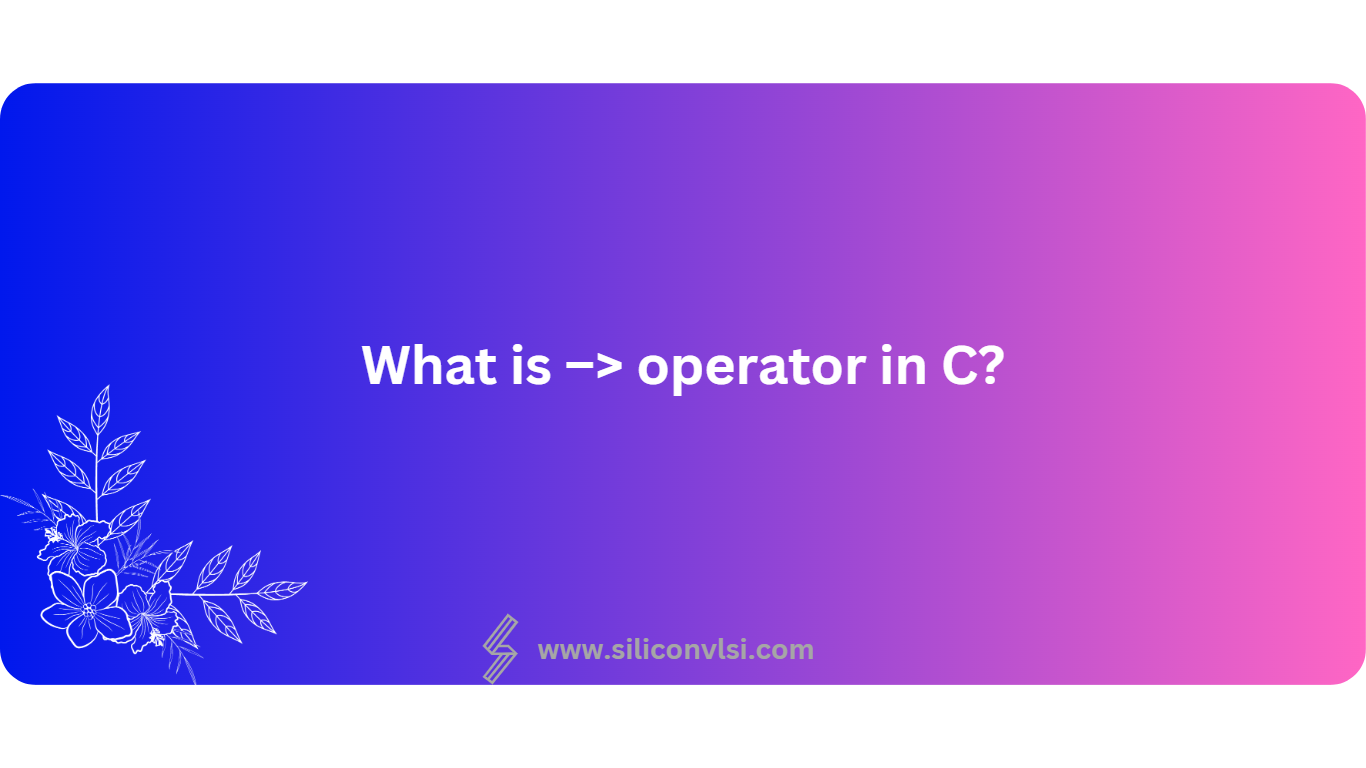In the C programming language, the arrow operator “->” is used to access members of a structure or union through a pointer.
In C, a structure is a user-defined data type that can contain multiple variables of different types. When you have a pointer to a structure, you can use the arrow operator to access the members of that structure using the pointer.
The conditional’s code decrements x, while returning x’s original value, and then compares the original value with 0 using the > operator.
–> is not an operator. It is in fact two separate operators, — and >.
Example:
#include <stdio.h>
#include <conio.h>
void main()
{
int x = 10;
while( x --> 0 )
{
printf("%d ", x);
}
getch();
}
